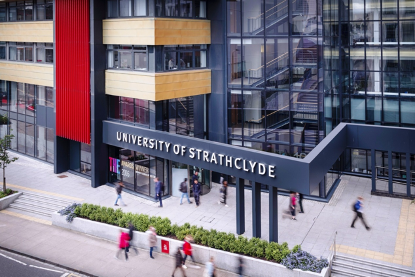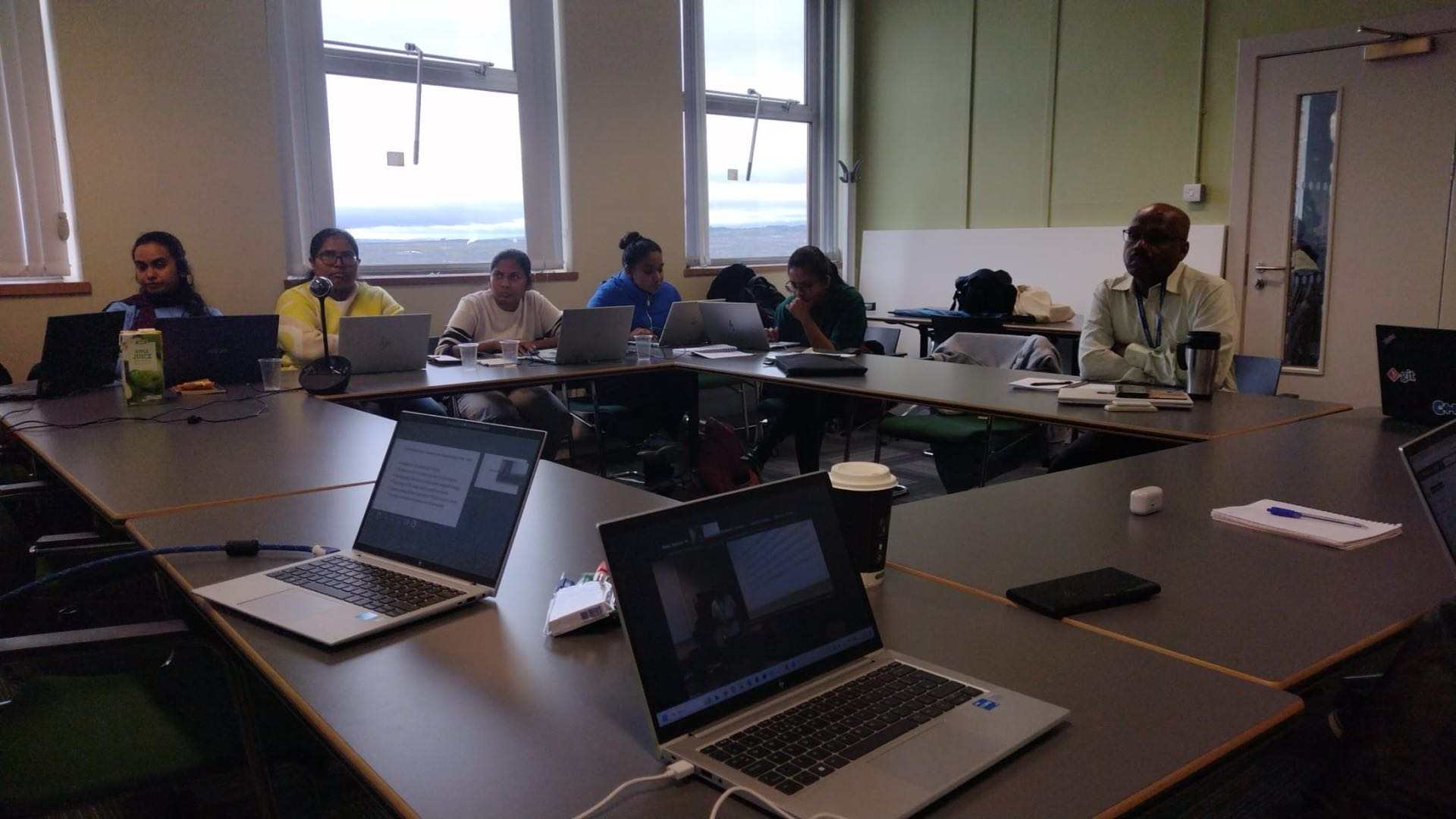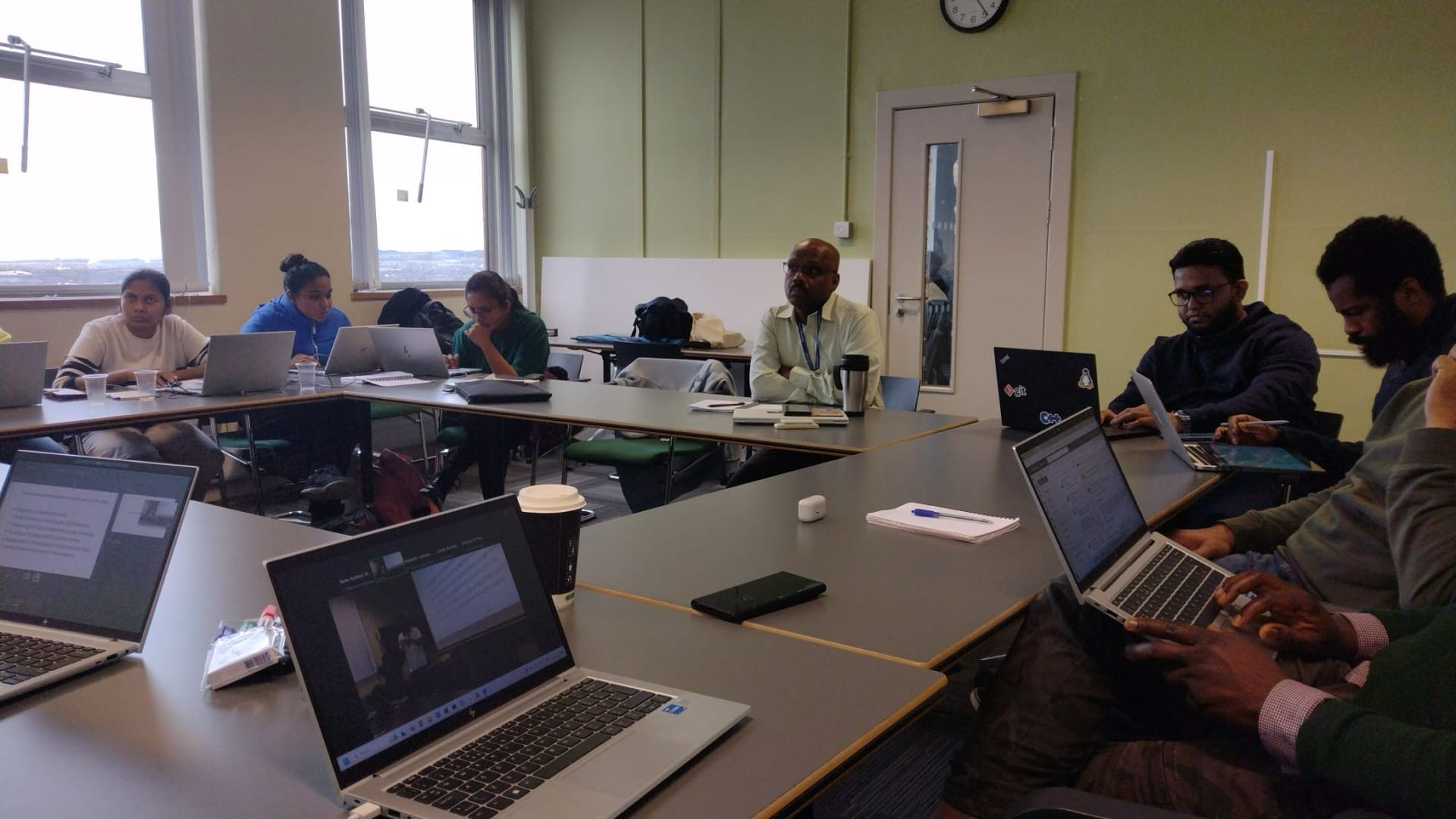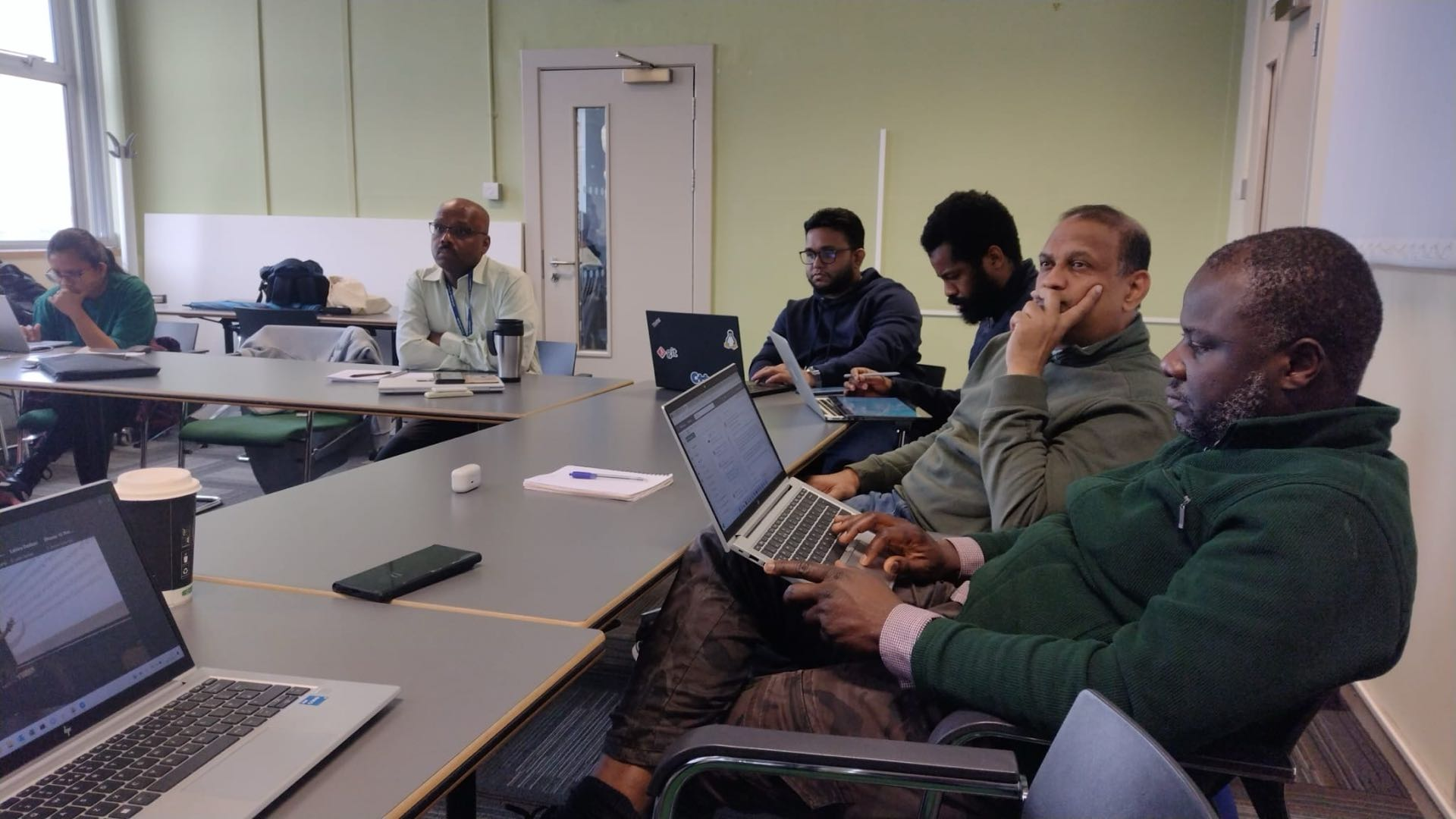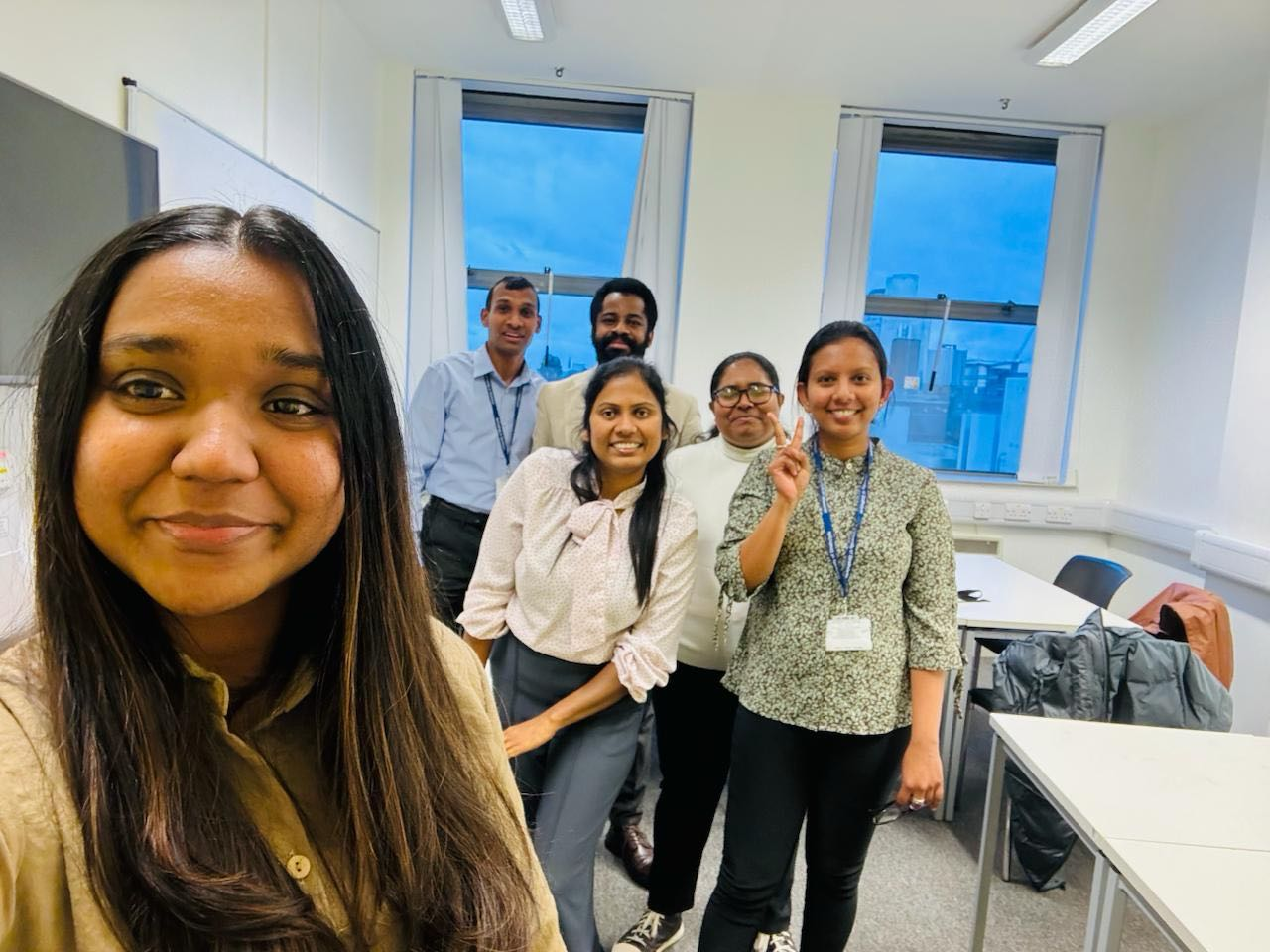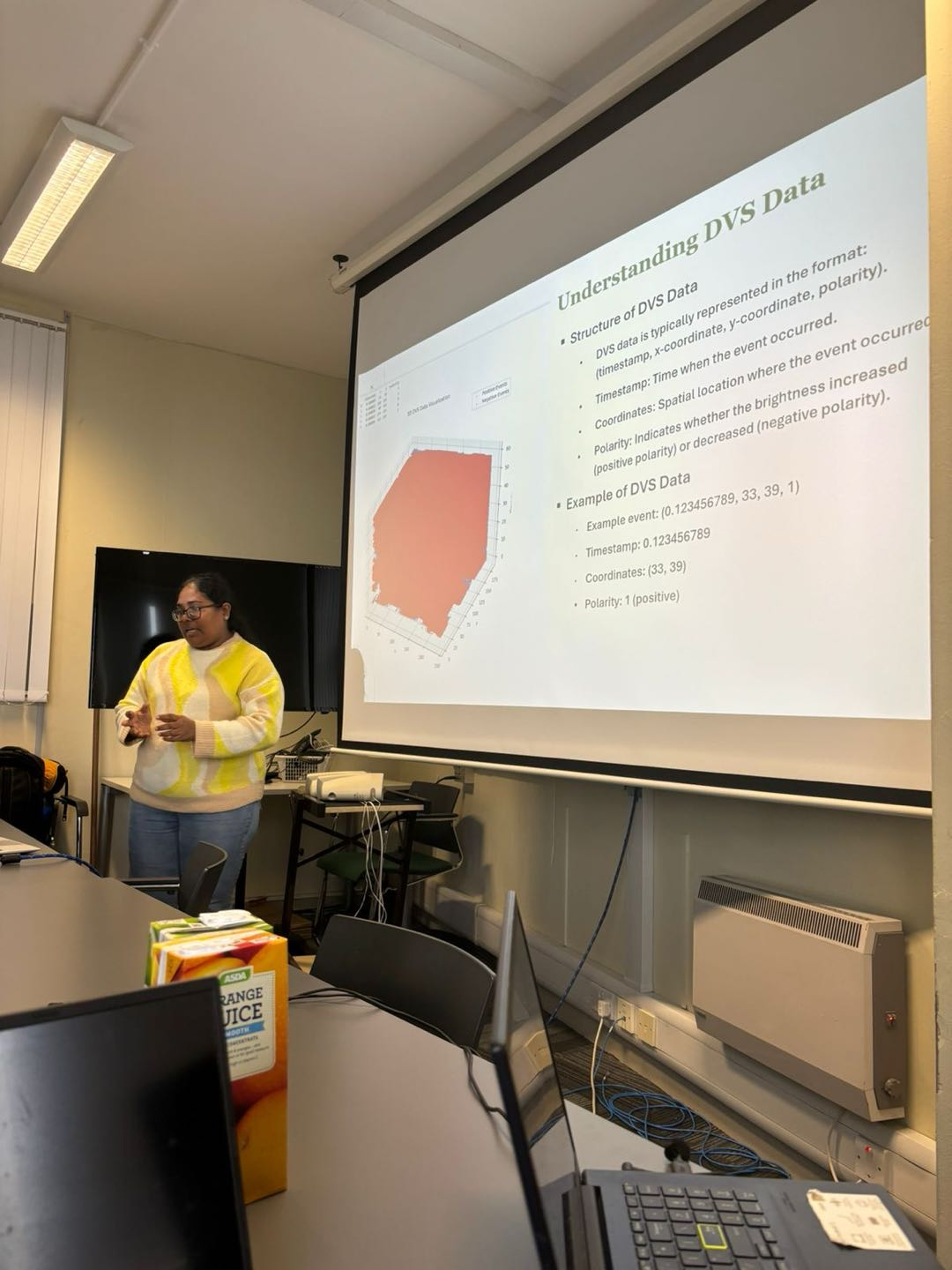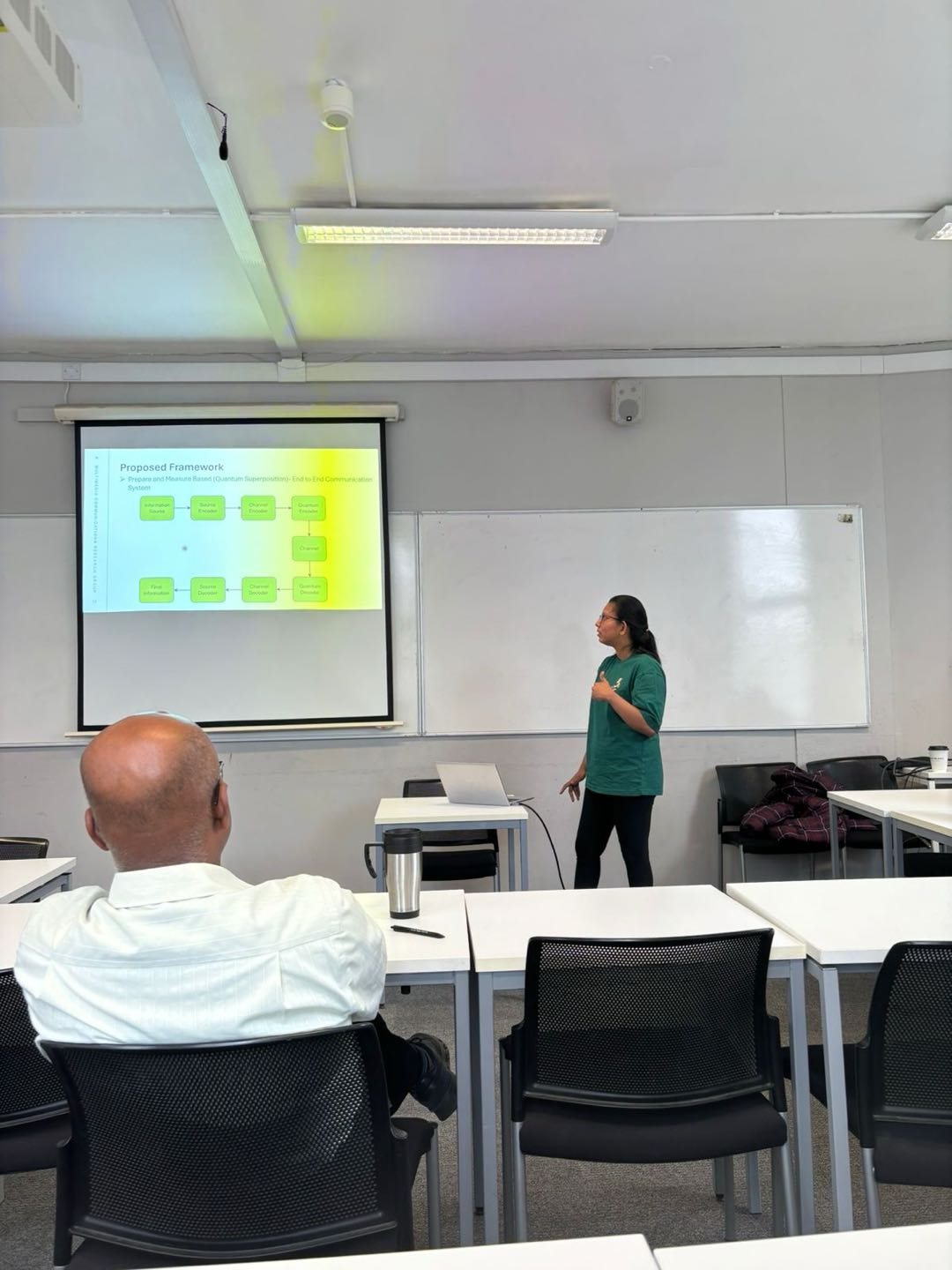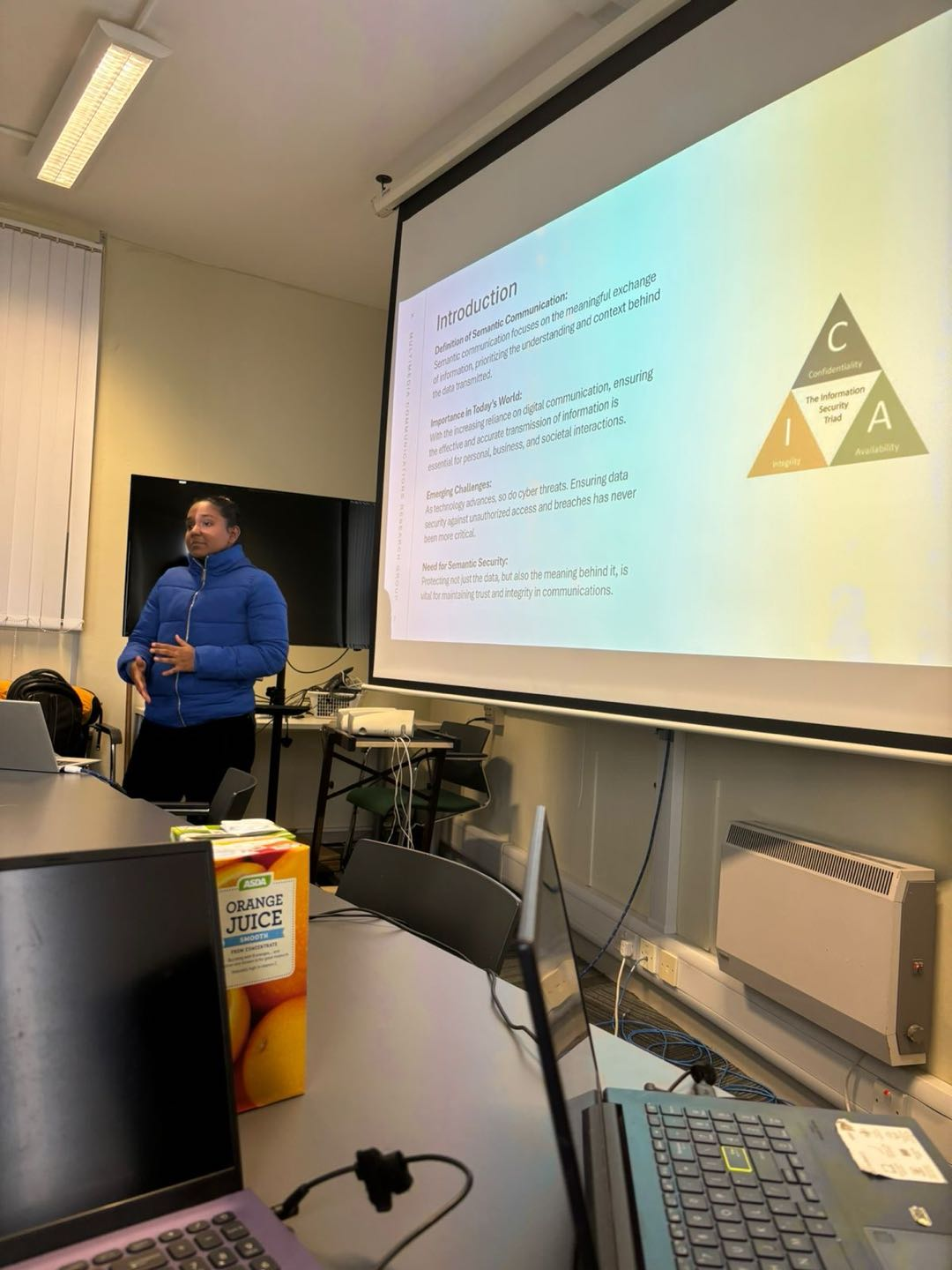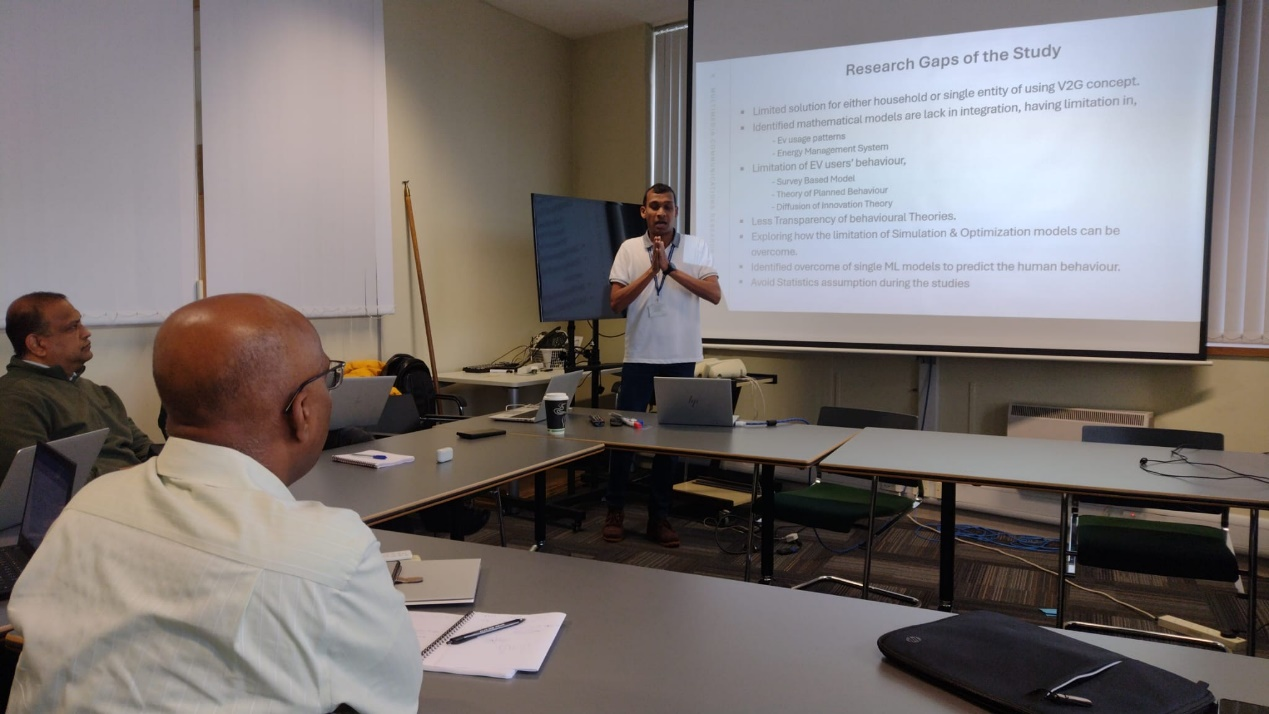Workshop Description:
Call for Papers
The primary objective of the workshop "Advances in Semantic Communication for Resource Constrained Devices and IoT" is to foster discussions and exchange of ideas regarding the application of semantic communication theory in addressing the challenges posed by high-volume, low-bandwidth multimedia communication in resource-constrained environments, particularly within the realm of IoT. With the exponential growth of multimedia traffic across various sectors such as healthcare, transportation, agriculture, and smart cities, there's a pressing need to explore innovative approaches to minimize bandwidth and energy demands while ensuring sustainable information communication technology (Green ICT). This workshop offers a promising avenue by leveraging shared context to achieve communication objectives with reduced complexity and bandwidth requirements. Participants are encouraged to submit research papers and contribute to discussions on practical applications, limitations, and future directions of semantic communication in mobile communications. Additionally, presentations on theoretical architectures for semantic communication-based image transmission systems will be featured, emphasizing the integration of semantic communication principles into wireless communication channels for enhanced sustainability and efficiency in multimedia communication networks. Join us in exploring the frontier of semantic communication and its transformative potential in shaping the future of resource-constrained communication technologies.
Keywords
- Internet of Things (IoT)
- Connected Devices
- Smart Technology
- Data Analytics
- IoT Applications
- Sensor Networks
- Artificial Intelligence (AI)
- Innovation
- Future Trends
- Hands-on Experience
Background:
Multimedia communication has become an essential part of many applications ranging from entertainment, health, transportation, agriculture, aquaculture, remote sensing, security and smart cities. However, the increasingly complex nature of media and communication systems has led to an enormous increase in its bandwidth and energy demands, becoming a major concern for the sustainability of the entire ecosystem. The widespread adaptation of sustainability concepts across such systems and a significant overall reduction in the negative impact of resource utilization and the environment are key concerns as we move into the future. Sustainable information communication technology, or Green ICT, covers the creation, use, management and disposal of devices and systems that minimize environmental impact. This has led to more investments towards smart cities that contain smart transportation, open data, smart buildings, smart manufacturing, and smart citizens governed by smart governments. This growing dependence on information communication technology in our daily lives must be managed to reduce the dependency on environmental resources, while minimizing the pollution caused by their improper use.
A novel approach to the communication problem in resource constrained networks can make use of semantic communications. It suggests that, given the existence of a shared context between a transmitter and a receiver, the semantic or meaning of a message alone is sufficient to achieve the desired effect of communication and even reconstruct the original information. It is expected to reduce bandwidth and complexity while increasing range and enabling longer operational cycles in battery-powered devices for wireless sensor networks (WSN) and internet of things (IoT). However, these semantic communication systems suffer from requiring significant computing resources to train and run compared to conventional communication systems, limiting its application in scenarios where either the encoder or decoder is resource-constrained, mainly in terms of computational power and bandwidth. In response, we propose a system of image transmission based on asymmetric autoencoder semantic communication scalable by complexity.
Goal/Rationale:
Multimedia traffic is expanding at an astonishing rate and is finding its way into many new applications, including wireless sensor networks and devices from the Internet of Things. However, the bandwidth and energy requirements associated with them are becoming increasingly prohibitive, challenging the sustainability of many communication networks. Semantic communications offer a novel approach to overcome bandwidth limitations, but the complexity of encoders and decoders limits its application in resource-constrained devices. We propose a semantic communication-based complexity-scalable image transmission system that uses asymmetric autoencoders to shift the complexity of the system to the encoder or the decoder without compromising on human and machine perceived quality. Using a test data set, we demonstrate at the workshop that the complexity can be shifted between the two without affecting the overall performance of the semantic communication system. This concept will be significant in implementing semantic communication-based wireless sensor network and Internet of Things applications, while also providing a novel tool to further improve conventional encoder simplification approaches such as distributed coding. Furthermore, realization of energy efficient sensors by utilizing semantic communications and complexity scalability will have a direct impact on achieving sustainable development goals related to energy usage and management in media communications.
Scope and Information for Participants:
The objective of this workshop is to introduce semantic communication theory and its importance in current high volume low bandwidth applications in mobile communications. During the session potential practical applications of semantic communication, its current limitations, and future direction will be discussed. In contrast to the conventional communication applications and data compression techniques, an increasing share of data content is analyzed by machines rather than humans, and hence the importance to optimize the transmission and compression techniques to suit the machines are also will be discussed.
We expect to present our study on semantic communication-based image transmission system architecture based on Auto encoders which emphasizes the impact of the physical channel characteristics, specifically the computational complexity, in semantic communication systems used for image transmission.
Further, we will present a theoretical architecture that will utilize semantic communication for the transmission of images content over a wireless communication channel, which in the future be implemented in practical aspects.
